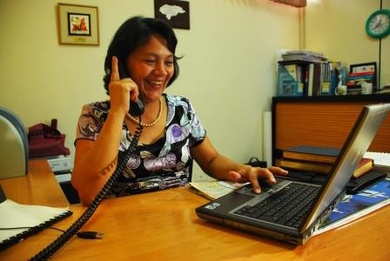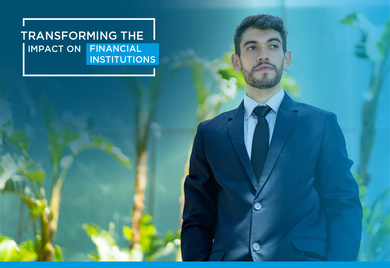Posts by Financial Institutions

Transformation of banks to reach unbanked: Cases from Jamaica and Paraguay
By Tomas Miller and Veronica Trujillo There have been remarkable advances in the role of banks in financial inclusion and development in Latin America and the Caribbean as measured by various indicators (access to bank accounts, supply of credit, insurance for micro and small enterprises, and availability of customer points of service) compared with levels in the previous decade. However, the region still falls short in terms of the overall penetration of its financial system and in comparison with other parts of the world. Access to and use of credit and savings—measured as the proportion of people that borrowed money or had savings accounts with formal financial institutions in the past year—reach only 11% and 14% of the region’s population, respectively. Also, the proportion of adults with any account at a financial institution or through a mobile banking provider is a mere 51%, compared with more than 60% globally, according to the The Global Findex Database 2014.

The First Commandment of Social Impact Generation
By Pablo Antón Díaz, Opportunities for the Majority The first commandment for companies and organizations that aim at generating social impact is adopting mechanisms to measure it. Every line is the perfect length if you don’t measure it, and this same rule applies to impact investing. Narratives on a handful of beneficiaries can be useful and serve as great instruments for attracting new investors, but the only sure way of knowing whether your efforts are indeed being relevant in the lives of people is through systematic measurement.

The evolution of impact investing: 6 signs of progress
Today experts from Latin America and the Caribbean gathered at the Foromic Conference in Guayaquil, Ecuador, to reflect on the evolution of impact investing. A recent JP Morgan and Global Impact Investing Network survey estimates there is at least $46 billion in impact investing assets under management globally, a figure expected to grow ten-fold in the next five years, according to predictions by the same institutions. The industry is especially relevant in emerging markets, where seventy percent of investment capital flows. This made today a timely moment of self-reflection to highlight how far impact investing has come and where it is going.

Four ways technology and data facilitate SME finance in Latin America & the Caribbean
* By Greg Da Re Technology, particularly the Internet, allows SMEs to share experiences, connect to different networks and operate in a world without the limitation of geographical barriers. Social networks are increasingly important for companies to position their brands. Social media in Latin America will near 300 million users by 2017. Technology can allow SMEs to increase their competitiveness and facilitate new ways to access financing.

The COVID-19 Crisis: An Opportunity for the Financial Sector
Unlike the 2007–2009 crisis, when the global banking system was one of the factors that caused the economic downturn, in this crisis banks are set to be part of the solution. That is the role they must play. How can they do this?

ESG: Due Diligence in the Age of Social Distancing
ESG due diligence must contend with a slew of challenges. However, inadequately fast-tracking of it runs the risk of short-changing clients from much needed value added and risks negative impacts to stakeholders and the environment.
